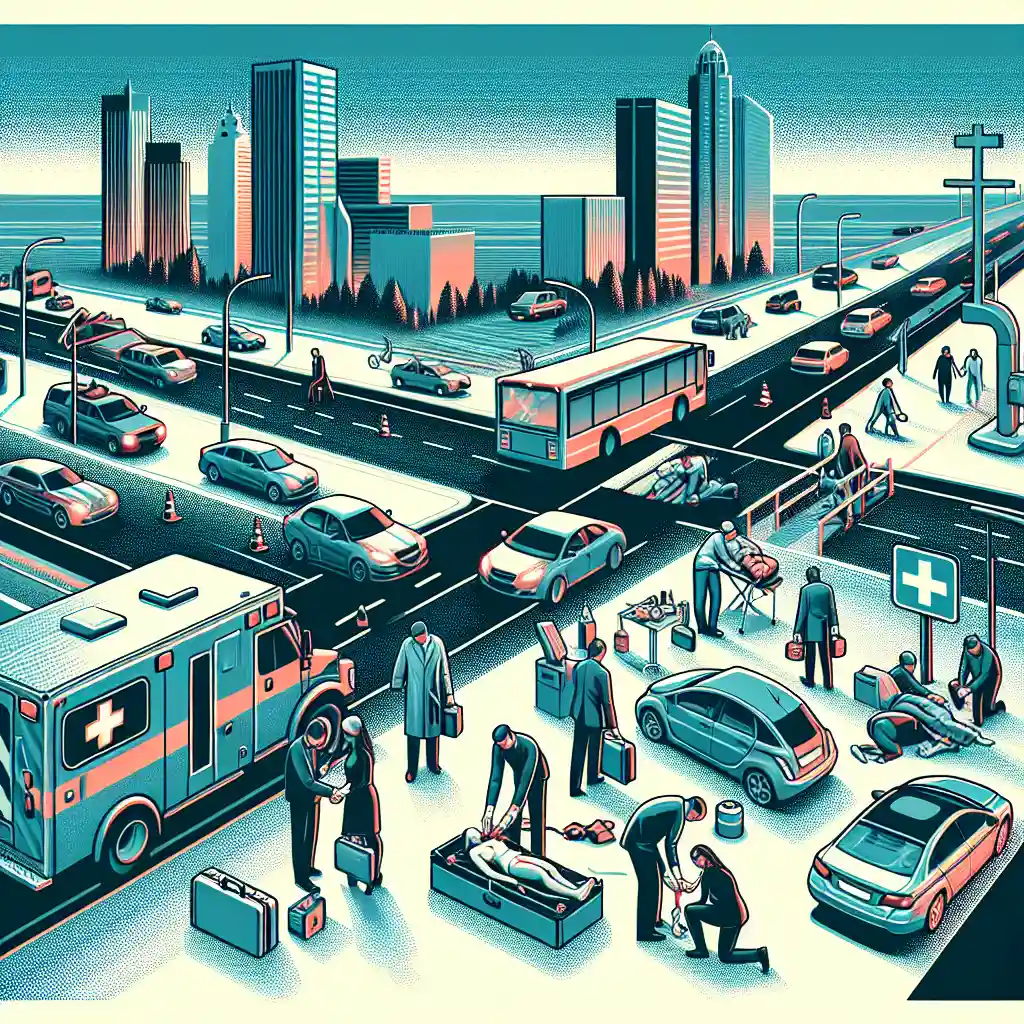Expert Advice: How to Assess the Severity of Injuries in Traffic Accidents
In the unfortunate event of a traffic accident, it is crucial to be able to assess the severity of injuries accurately and promptly. Proper injury assessment is essential for providing appropriate medical care and determining the urgency of treatment needed. This blog post will delve into the key aspects of injury assessment, severity evaluation, medical triage, trauma recognition, and the common types of accident injuries. Understanding these concepts can help individuals respond effectively in emergency situations and potentially save lives.

Importance of Injury Assessment in Traffic Accidents
Injury assessment in the context of traffic accidents involves a systematic evaluation of individuals involved in the collision to determine the extent and severity of their injuries. This process is critical for prioritizing medical treatment based on the severity of injuries. By accurately assessing injuries, medical responders can ensure that those with life-threatening conditions receive immediate attention, potentially preventing further complications.
Recognizing the Signs of Severe Injuries
In assessing the severity of injuries in traffic accidents, it is essential to recognize the signs of severe trauma. These can include visible wounds, dislocations, fractures, internal bleeding, and altered mental status. Understanding these indicators can help medical professionals and first responders make quick decisions about the appropriate level of care needed for each individual. Prompt recognition of severe injuries is key to improving outcomes and reducing long-term complications.
Effective Medical Triage Techniques
Medical triage is a crucial aspect of injury assessment in emergency situations, such as traffic accidents. Triage involves quickly evaluating the severity of injuries and assigning priority for treatment based on the principle of maximizing the number of survivors. By using effective triage techniques, medical personnel can efficiently allocate resources and personnel to those in critical need, improving overall outcomes for all individuals involved in the accident.
Common Types of Accident Injuries
Traffic accidents can result in a wide range of injuries, from minor cuts and bruises to severe head trauma and spinal cord injuries. Understanding the common types of accident injuries is vital for assessing their severity accurately. These can include whiplash, fractures, soft tissue injuries, and concussions. Each type of injury requires a specific approach to assessment and treatment, emphasizing the importance of thorough evaluation by trained medical professionals.
Trauma Recognition and Response
Trauma recognition plays a crucial role in assessing the severity of injuries in traffic accidents. By promptly recognizing signs of trauma and responding appropriately, medical personnel can provide timely care and potentially prevent further complications. Effective trauma recognition involves a combination of clinical assessment, diagnostic tests, and a thorough understanding of the mechanisms of injury. Being able to recognize trauma quickly can make a significant difference in the outcomes for accident victims.
Conclusion
In conclusion, assessing the severity of injuries in traffic accidents requires a combination of knowledge, expertise, and quick decision-making skills. By understanding the importance of injury assessment, recognizing signs of severe trauma, using effective triage techniques, and being aware of common types of accident injuries, individuals can respond more effectively in emergency situations. Proper trauma recognition and response are essential for providing timely and appropriate care to those in need. Remember, when it comes to assessing injuries in traffic accidents, quick and accurate evaluation can truly make a difference in saving lives.



























